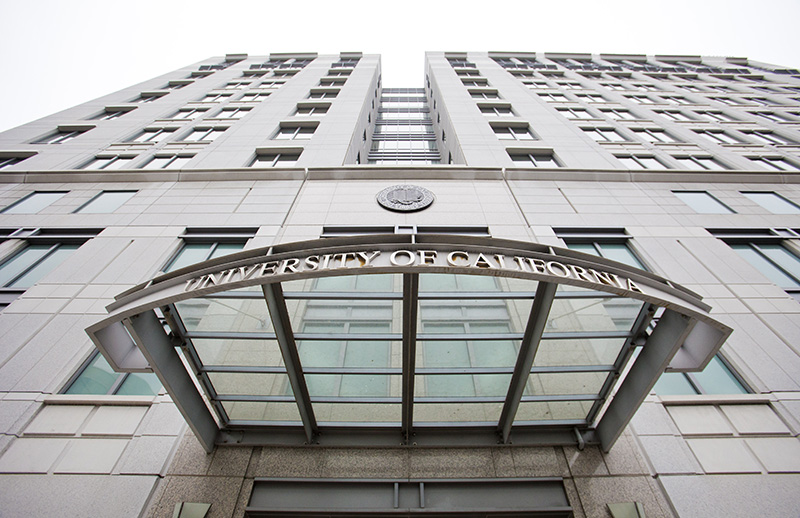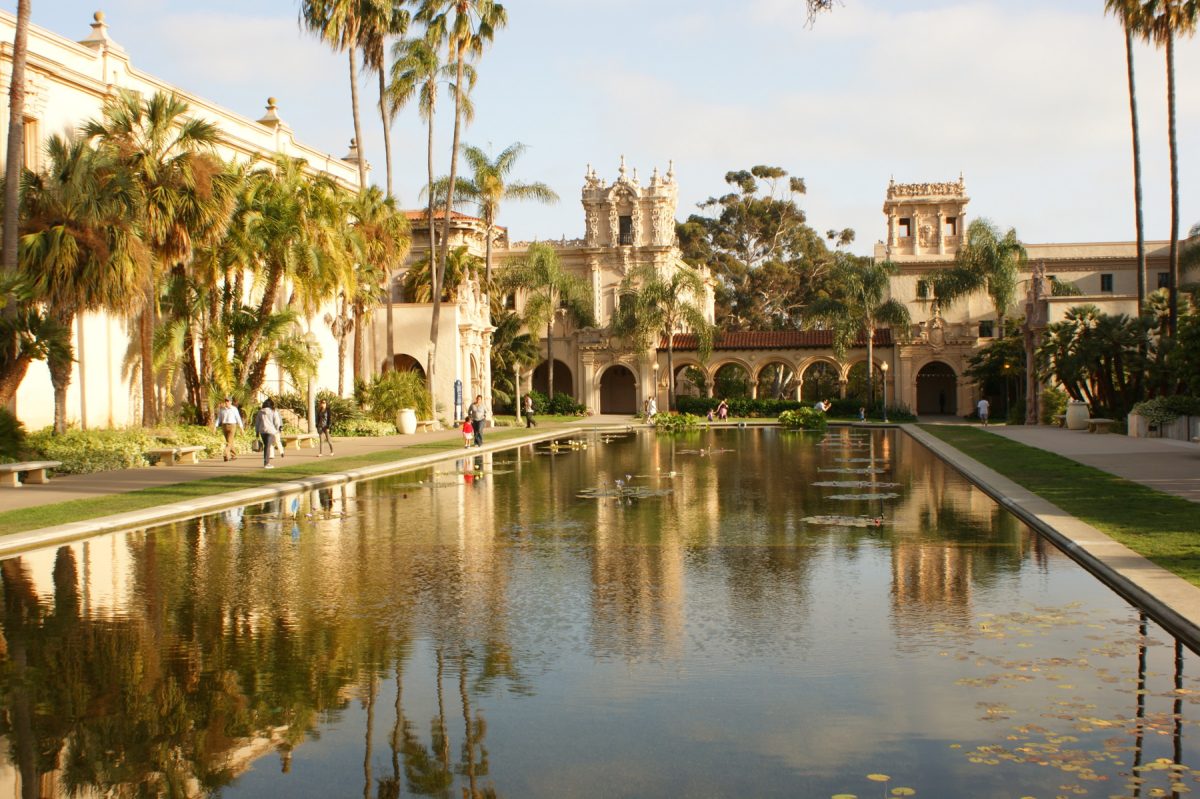Two of UCSD’s professors in the anthropology department are working with the Israel Antiquities Authority to preserve archaeological sites in Israel that are threatened by both violence from extremist groups like ISIS and by development. Their collaborative efforts will update the Digital Archaeological Atlas of the Holy Land, the largest internet repository of archaeological data from Israel.
As the director of Qualcomm Institute’s Center for Cyber Archaeology and Sustainability, Professor Thomas Levy will lead the project alongside department research associate Steven Savage. Levy expressed enthusiasm for the unique opportunities that partnering with the IAA will foster.
“We want to work closely with the IAA and other scholars and institutions from around the Mediterranean world to share data and build scholarly bridges between communities,” Levy told the UCSD Guardian. “Having our students and faculty engaged with Israeli researchers and those from the neighboring lands in one of the most fascinating historical regions in the world is a great opportunity for them and the way forward to new discoveries and learning.”
Director of Communications at the Qualcomm Institute Doug Ramsey emphasized the CCAS’s creation as a way of advancing the innovative use of computing in the social sciences.
“[The Qualcomm Institute has] several partnerships with the Division of Social Sciences, and by definition cyber-archaeology is a field that depends on hardware, software and systems to change the way archaeologists operate in the field,” Ramsey said. “Professor Levy has been closely involved with our previous cyber-archaeology efforts, so it was a logical next step to partner with Social Sciences on the new Center for Cyber-Archaeology and Sustainability led by [him].”
The archaeological survey data includes basic site information, more than 17,000 photographs, site plans and artifact drawings. It will be added to the DAAHL as a node of the Mediterranean Archaeology Network, an online archaeological atlas that is easily accessible to the public.
Levy explained that the methods of data collection use the techniques found in the fields of computer science, engineering and natural sciences to revolutionize how archaeological field and lab work is done.
“My lab and colleagues at UCSD’s Qualcomm Institute … have become leaders in the development of the digital data-acquisition tools (real-time GPS, drones and helium balloons for high-definition photography and mapping) for recording archaeology and cultural heritage sites,” Levy said to the Guardian in an email. “This includes the curation of digital cultural heritage data … the creation of digital repositories in the UC San Diego Library and finally the dissemination of archaeological data over the Internet.”
Ramsey noted the importance of having access to this information for the sustainability of research and protection of sites like Israel as well as Jordan, Palestine, Lebanon, southern Syria and the Sinai Peninsula — all considered part of the Holy Land.
“DAAHL makes it much easier for researchers and field archaeologists to access the IAA data and include it in their studies,” Ramsey told the Guardian. “The data will also provide new incentives for students to learn about cyber-archaeology and how this brand-new field can safeguard ancient sites and artifacts — ensuring that there is a future for the past through conservation.”
Israel is the crossroads of the world’s three major religions — Judaism, Islam and Christianity — that make many of the sites there, as well as in the surrounding areas of Jordan and the Sinai Peninsula, places of political and religious conflict. Levy emphasized the historical and evolutionary importance of these sites as rich sources of knowledge that need to be protected not only from the threat of ISIS but from the development of buildings as well.
“Israel is one of the most important places in the world for studying the spread of anatomically modern humans and the ‘Out of Africa’ theory, where every living human is descended from one African ‘Mitochondrial Eve’ who made their way from Africa through Israel and the neighboring lands into Europe and Asia,” Levy said. “The region is incredibly rich in prehistoric sites … [and many of them] are especially beautifully preserved in Israel and Jordan, so it is important to continue working on this issue.”







